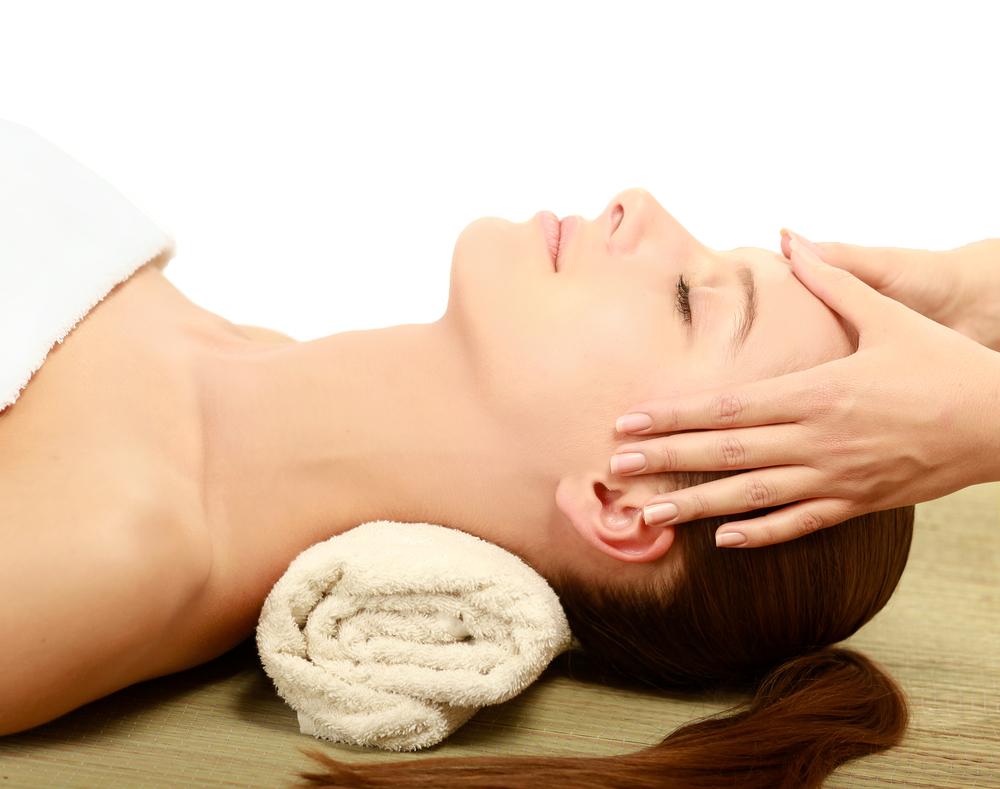
Many rehab centers in China are using massage therapy to help ease withdrawal symptoms during the drug detox process.
In the landlocked Gansu Province, six rehab centers are teaching patients how to press 23 different acupuncture points on their feet, hands and torso. Other drug treatment centers in major cities such as Beijing and Shanghai have also begun incorporating this method into their programming, particularly since most Chinese rehab facilities typically shun any form of Western medication to help ease withdrawal symptoms.
“When I began this program, I had insomnia and my dreams were always about drugs,” said Wang Li, a patient in Gansu Province. “This therapy has helped me reconnect with my body and fight my addiction.”
Several clinical studies have shown that massage therapy can promote a faster release of toxins in the body, resulting in a reduction of withdrawal side effects and strengthening of the immune system, said Zhao Yaodong, a university professor specializing in traditional Chinese medicine. A recent research project out of Lanzhou University also showed that patients who attended these massage sessions had higher success rates in their recovery than those who did not.
However, only 1,600 people in Gansu Province have received massage therapy in the last 18 months, a small fraction of those who need it. According to Shanghai Daily, 2.34 million drug addicts were recorded nationwide in 2015—about 54% of them had relapsed after rehab.
Massage therapy has also been used in many rehab facilities stateside, and its benefits have long been touted. In 1998, the Touch Research Institute published findings which showed that regular massages naturally increase dopamine levels while decreasing cortisol levels, making it especially suitable for detox programs.
The benefits also can be noticed on an emotional and physical level. In the October 2003 edition of Counselor, The Magazine for Addiction Professionals, Joni Kosakoski wrote that regular massages in recovery can help addicts develop increased awareness of their own body and where tension exists—which can ultimately lead to discovering the emotions or pain that come with drug cravings.
“Emotional release can commonly occur with massage, which provides a safe, non-threatening opportunity to begin the process of recovering long-buried emotions and memories,” wrote Kosakoski. “To allow oneself to surrender to the practitioner’s hands—to breathe fully and easily, to acknowledge and receive the gifts of nurturing, surrender and relaxation…is an invaluable addition to the newly recovering person’s repertoire of relapse-prevention skills.”